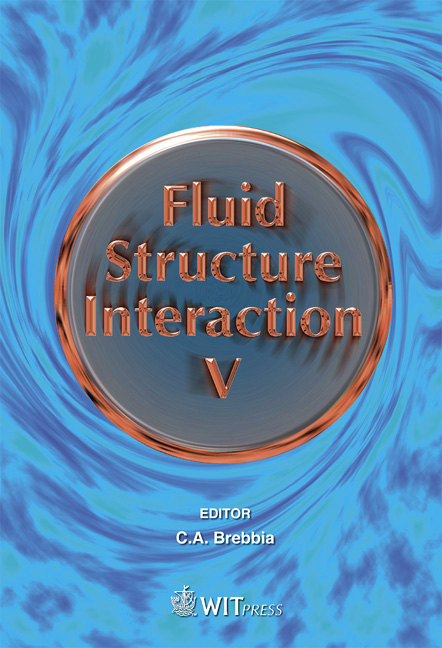Heat And Mass Transfer In Compressible Fluid Saturated Porous Media With The Boundary Element Method
Price
Free (open access)
Transaction
Volume
105
Pages
10
Page Range
3 - 12
Published
2009
Size
681 kb
Paper DOI
10.2495/FSI090011
Copyright
WIT Press
Author(s)
R. Jecl, L. Škerget & J. Kramer
Abstract
Most of the studies dealing with transport phenomena in porous media are based on presuming the fluid that saturates the porous domain is incompressible and viscous, where the mass density is a constant quantity, the velocity does not depend on the mass density and pressure is simply a force in the linear momentum equation. However, in numerous natural and engineering systems, density-dependent flow processes play an important role. Besides various applications in the dynamics of pure viscous fluids, such a phenomenon can also be found in subsurface hydrology, geophysics and reservoir mechanics, which are all concerned with problems due to the presence of a permeable solid - porous media. In the present work, fully developed boundary element method (BEM) numerical scheme is presented for the simulation of density dependent flow (compressible fluid flow) in porous media with restriction to the subsonic flows. The method is applied to consider heat and mass transfer in a closed porous cavity saturated with compressible fluid, differentially heated under large temperature and concentration gradients. The results in terms of velocity, temperature and species redistribution, as well as the total heat and mass transfer across the cavity, will be presented for different governing parameters. Keywords: porous media, compressible fluid flow, boundary domain integral method, boundary element method, natural convection. 1 Introduction The boundary element method (BEM), which has been established for the viscous incompressible fluid motion in porous media [1], is modified and
Keywords
porous media, compressible fluid flow, boundary domain integral method, boundary element method, natural convection.





